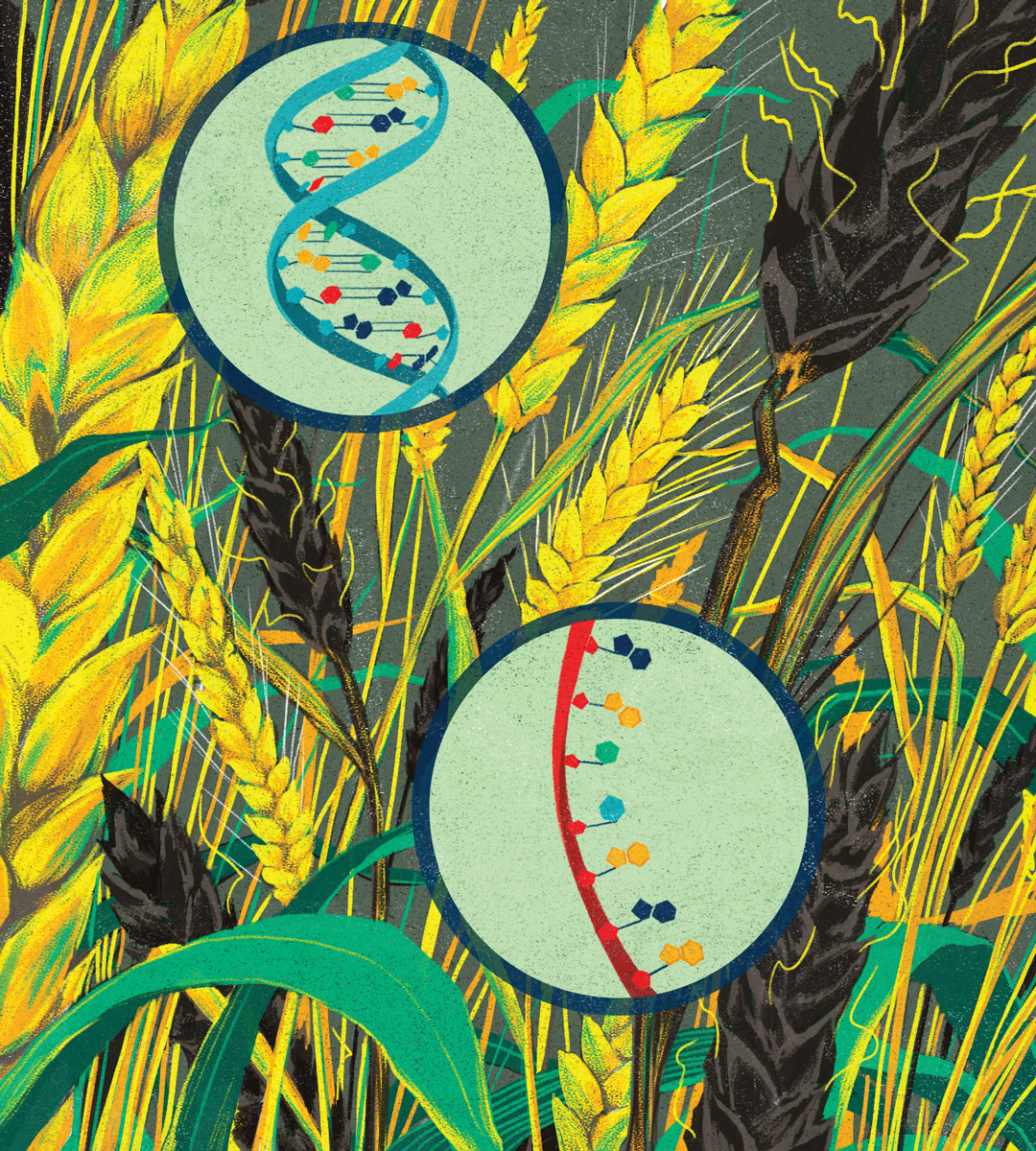SHIFTING GEARS
ROAD FORWARD FOR ALBERTA AG RESEARCH IS CLEAR
BY DOUG WALKEY
Have you ever heard a quotation that really hits home, only to find out that it is 50, 100 or 300 years old? That makes me wonder if humanity has made any progress. The truth is, progress is just a moving target for us to chase.
Over 16 years, the Alberta Crop Industry Development Fund (ACIDF) has invested almost $85 million in crop research and development. We have clear evidence of progress and accomplishments, yet our work is far from finished. The bar for developing our industry continues to move higher—we are in a stream of development.
Farmers tell us development is a chain from germplasm to production, processing and meeting market needs.
Like those enduring quotations, priorities supporting Western Canada’s crops change little. Here are the highlights:
- Crop germplasm and variety development: We need to focus on yield at a given quality, then disease/pest control and water/nutrient use.
- Cropping systems: This includes precision farming, imagery for management decisions, fertilizer use efficiency, climate adaptation and reducing crop input costs.
- Agronomy: Managing the crop, soil Road forward for Alberta ag research is clear health, crop pests, rotations and other aspects of sustainable production.
- Assured supply and quality: To be viable in world food systems, we need production of consistent quality. We need to be prepared for variations in weather, as well as new and evolving diseases and pests. We need to invest in surveillance and prevention, as well as resistance and control.
- Livestock feeds: Grains, silage and forages are important to crop rotations, productivity and diversifying markets. Crops need a competitive livestock sector in order to flourish.
- Crop diversification: It comes down to choices and profitability—having more profitable crops to choose from expands rotation options and allows more responsive marketing.
- Computer-aided analysis: Modern equipment provides mountains of data. This data helps us make better decisions when it comes to production, the environment and markets.
- New food, ingredient and beverage products: Greater demand leads to stable markets and prices. An expanding Canadian processing industry is an important side benefit.
- New non-food industrial products and ingredients: Crops are chock full of valuable components. Non-food uses for agricultural products provide value for off-grade harvests and for unused byproducts of food processing.
Addressing all those priorities requires huge resources and very deep pockets. Here’s how we should proceed:
- Share and co-ordinate resources across the Prairies: Parochial thinking will lead to poor results at best, and our current track record shows it.
- Harvest the world for ideas, research and solutions: We need to use our scarce development resources to solve problems, not to test what has already been proven. Canada as a whole conducts less than two per cent of world field research; we need to access that other 98 per cent.
- Focus on problem solving at all levels: Blue-sky research is exciting, but limited resources demand that we focus on priorities. Canada will fall behind if we don’t create solutions.
- Let the markets decide where we invest: Don’t develop 20 new crops— develop two new crops profitable enough to compete for acres.
Unfortunately, these four simple steps will require a serious change of practices from our industry. That’s the real challenge of our research future: relearning to work together.
Agriculture has a moral obligation to future generations. As stewards of our land, farmers build and maintain the quality of their land as they produce food and industrial crops. Shepherding nutrients and water will become a larger part of both market demand and the ability to produce economically. We are already doing a good job, but we have to continue that work.
The next question is “where do we start?” ACIDF asked some 200 producers and agri-business stakeholders for guidance and this is what they came up with: optimize use of inputs and nutrients soil health, tillage practices, crop and herbicide rotations, residue management, variety and germplasm for yield and quality, and precision farming technologies.
I leave you with a quotation from Robert Louis Stevenson that still rings true: “Don’t judge each day by the harvest you reap but by the seeds that you plant.”







Comments